The Mallet canes are back!
Woebegonia
8 years ago
Featured Answer
Sort by:Oldest
Comments (37)
hc mcdole
8 years agoWoebegonia
8 years agoRelated Professionals
Lakewood Landscape Architects & Landscape Designers · Saint Matthews Landscape Architects & Landscape Designers · Waterbury Landscape Contractors · Brandon Landscape Contractors · Euclid Landscape Contractors · Fort Payne Landscape Contractors · Garland Landscape Contractors · Selden Landscape Contractors · Shoreview Landscape Contractors · Wickliffe Landscape Contractors · Eastlake Landscape Contractors · Annapolis Siding & Exteriors · Loveland Siding & Exteriors · Spartanburg Siding & Exteriors · West Bloomfield Township Siding & Exteriorshc mcdole
8 years agoRuss1023 (central Fla)
8 years agoWoebegonia
8 years agoWoebegonia
7 years agoWoebegonia
7 years agohc mcdole
7 years agoGreenLarry
7 years agohc mcdole
7 years agoWoebegonia
7 years agoGreenLarry
7 years agoWoebegonia
7 years agohc mcdole
7 years agoRuss1023 (central Fla)
7 years agoGreenLarry
7 years agohc mcdole
7 years agoGreenLarry
7 years agoWoebegonia
7 years agohc mcdole
7 years agoKyle
7 years agoKyle
7 years agohc mcdole
7 years agoKyle
7 years agohc mcdole
7 years agoWoebegonia
7 years agohc mcdole
6 years agoKyle
6 years agohc mcdole
6 years agonwduffer
4 years agoRuss1023 (central Fla)
4 years agonwduffer
4 years agohc mcdole
4 years agoRuss1023 (central Fla)
4 years agohc mcdole
4 years agolast modified: 4 years agoRuss1023 (central Fla)
4 years agolast modified: 4 years ago
Related Stories
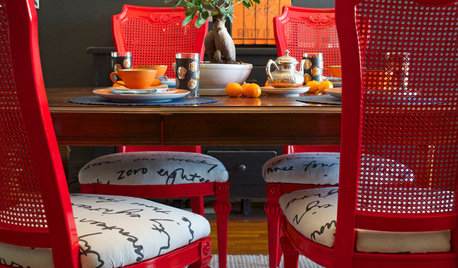
VINTAGE STYLEBet Your Bottom Dollar on Cane Chairs for Stylish Seating
Cane and Chippendale-style chairs are so easy to customize, you can make one work in a dining space or home office of any style
Full Story
BUDGET DECORATINGFlea Market Treasures: The Cane Chair
Just look what you can do with a common used-furniture find
Full Story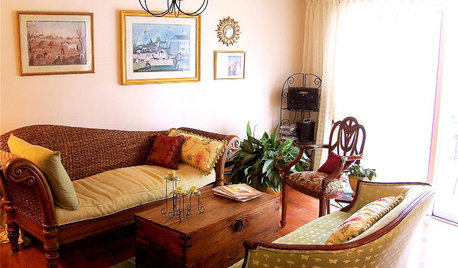
FURNITUREWoven Style: Bring a Breezy Look Indoors
Give Your Space a Flexible, Laid-Back Feel With Cane, Wicker and Rattan
Full Story
ORGANIZINGSmart Back-to-School Storage: Wicker Baskets
Kid-friendly basket storage teaches organization and keeps school clutter at bay
Full Story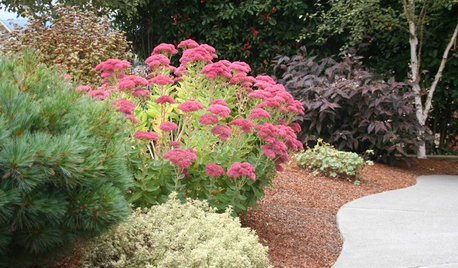
GARDENING GUIDESPacific Northwest Gardener's August Checklist
Deadheading perennials, cutting raspberry canes and preparing for the onion harvest keeps Northwest gardeners busy in August
Full Story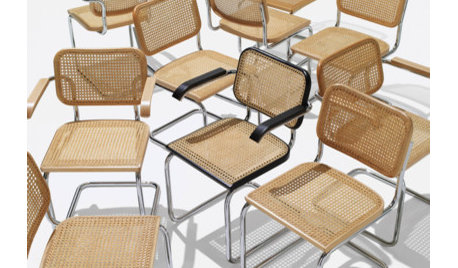
FURNITUREModern Icons: Marcel Breuer's B32 Chair
Now known as the Cesca Chair, this 1928 combination of steel tubes and caning has staying power
Full Story
SMALL HOMESHouzz Tour: A Beach Cottage Gets Its Vibe Back
Historically accurate details restore the 1940s charm of a Laguna Beach home
Full Story
TROPICAL STYLEMy Houzz: New York Chic and Laid-Back Hawaiian Style on Maui
A relocating New Yorker designs an island home influenced by her former city life
Full Story
FLOORS8 Inventive Kitchen Floor Treatments
Let these fresh flooring concepts simmer in the back of your head as you plan your kitchen remodel
Full Story
DECORATING GUIDESRoom of the Day: A Spacious Porch Brings Family Life Outside
This Georgia back porch, decorated in neutrals and a mix of textures, serves as living, dining and family room almost year-round
Full StorySponsored
More Discussions







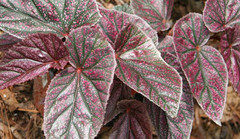

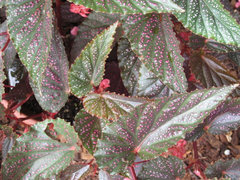
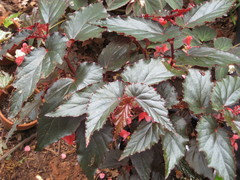
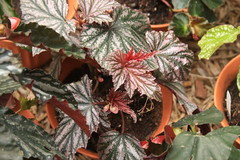

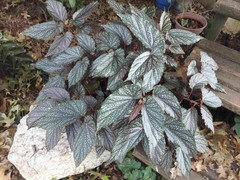
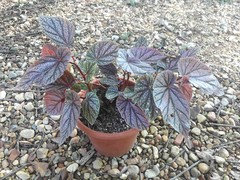
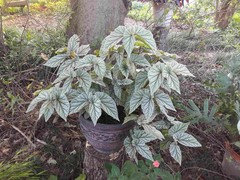


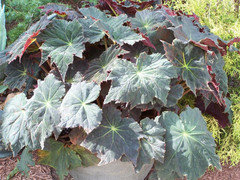
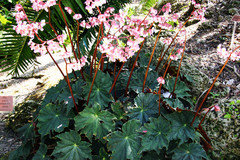
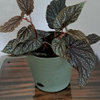
Kyle